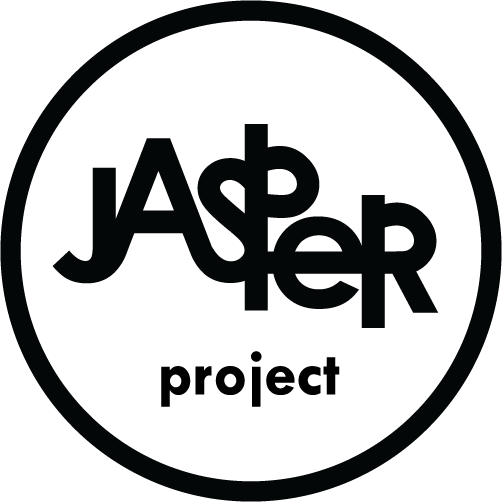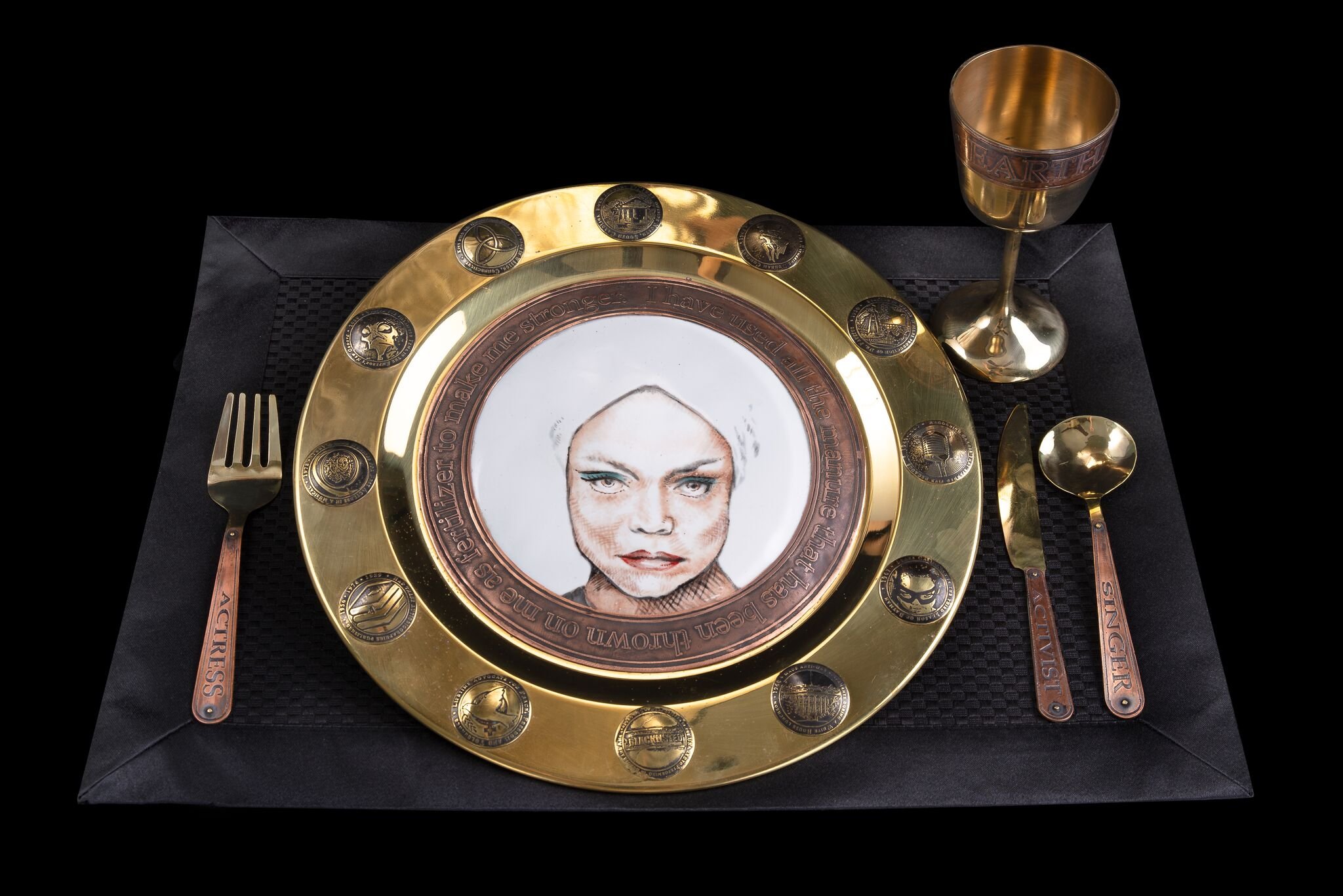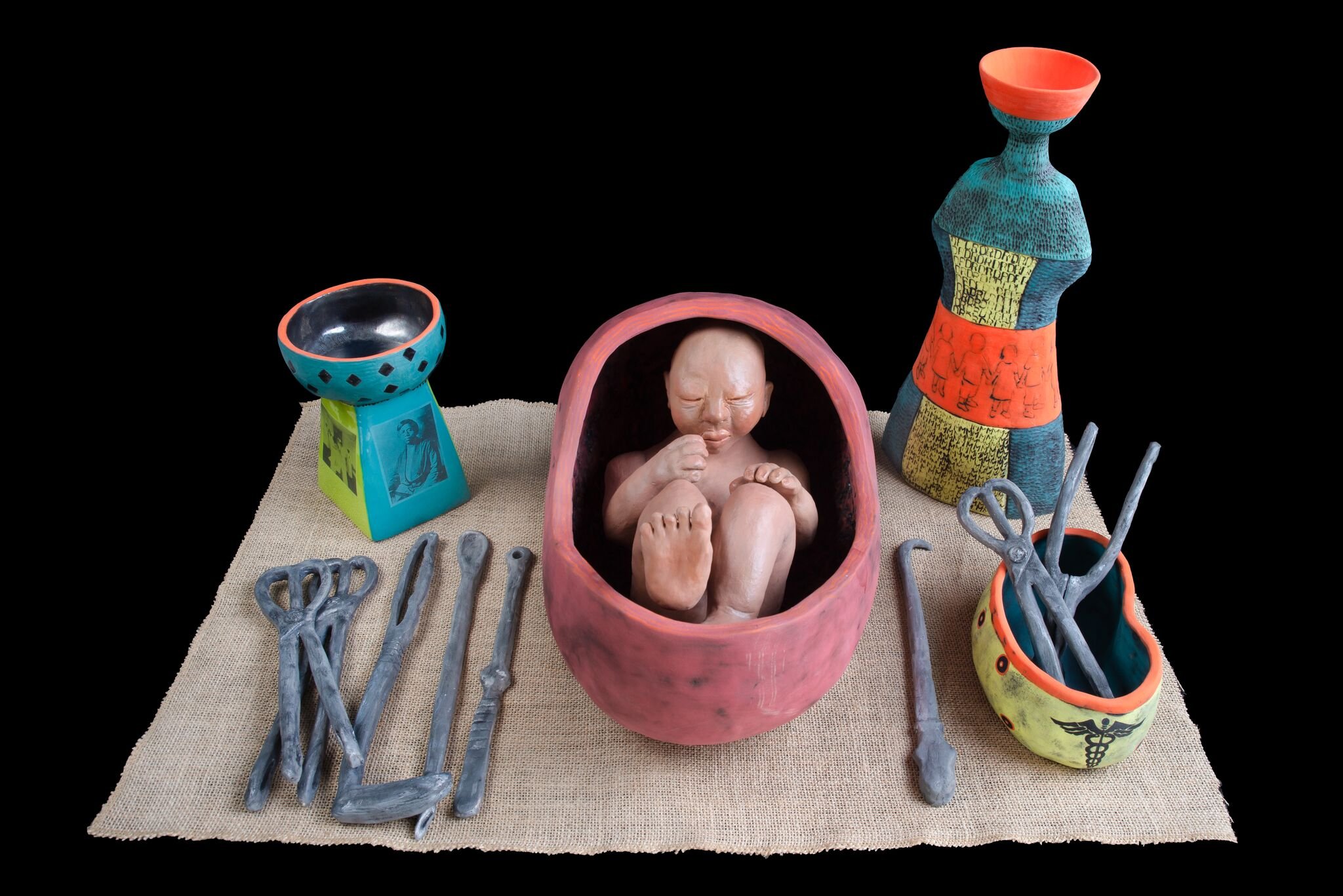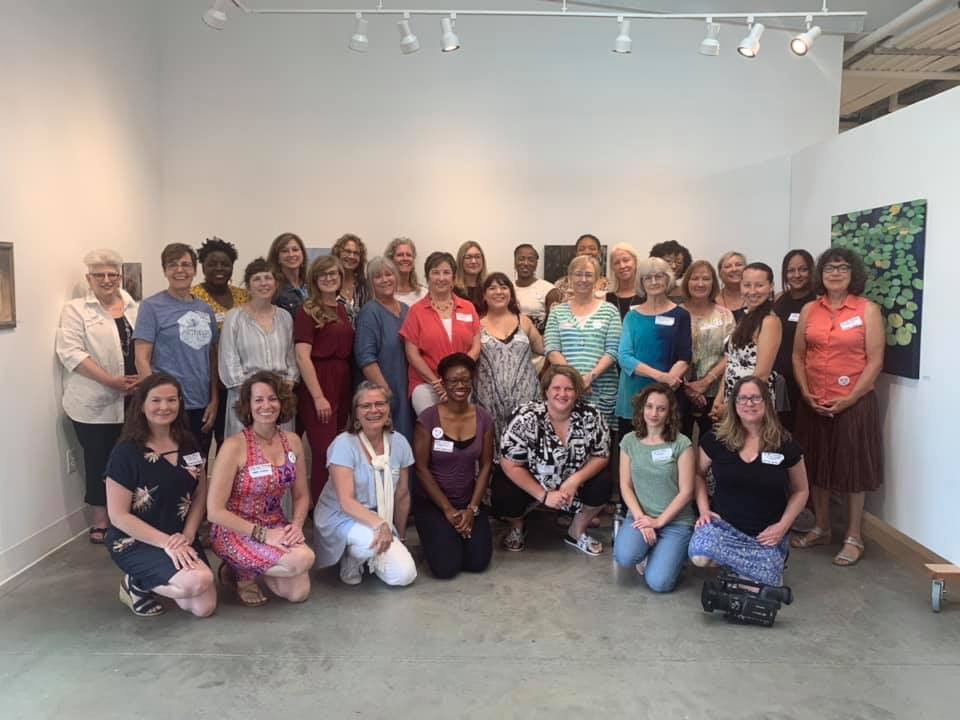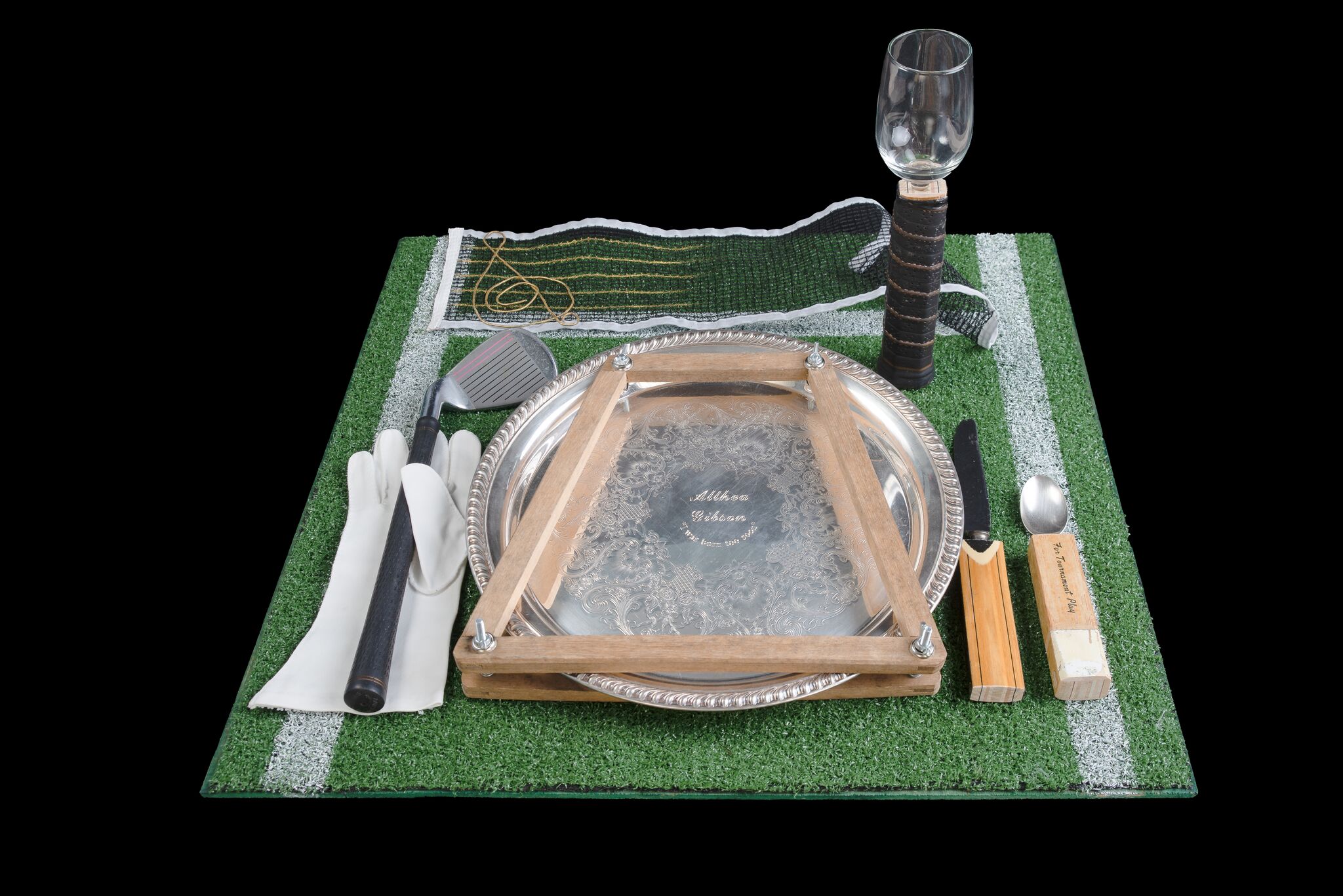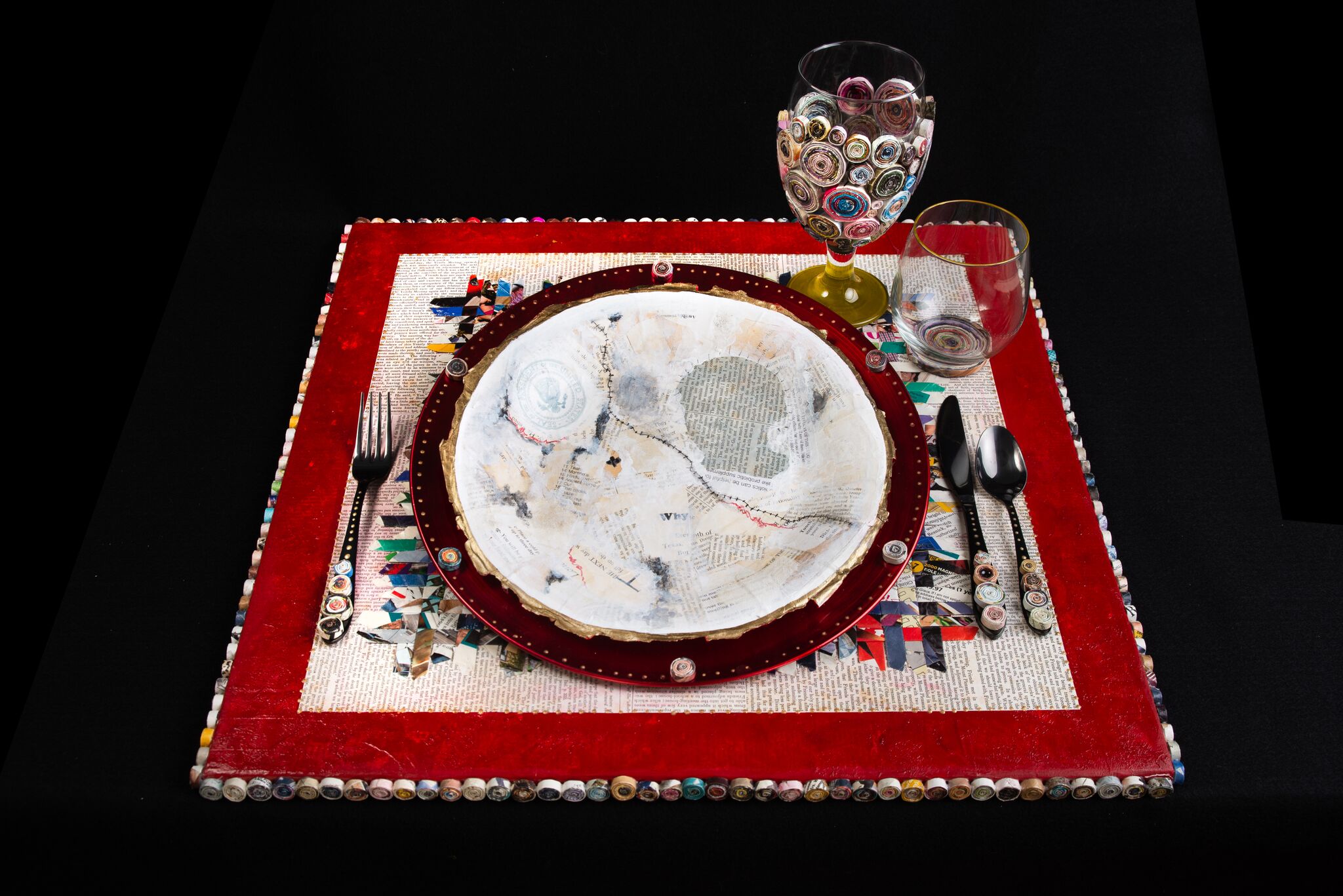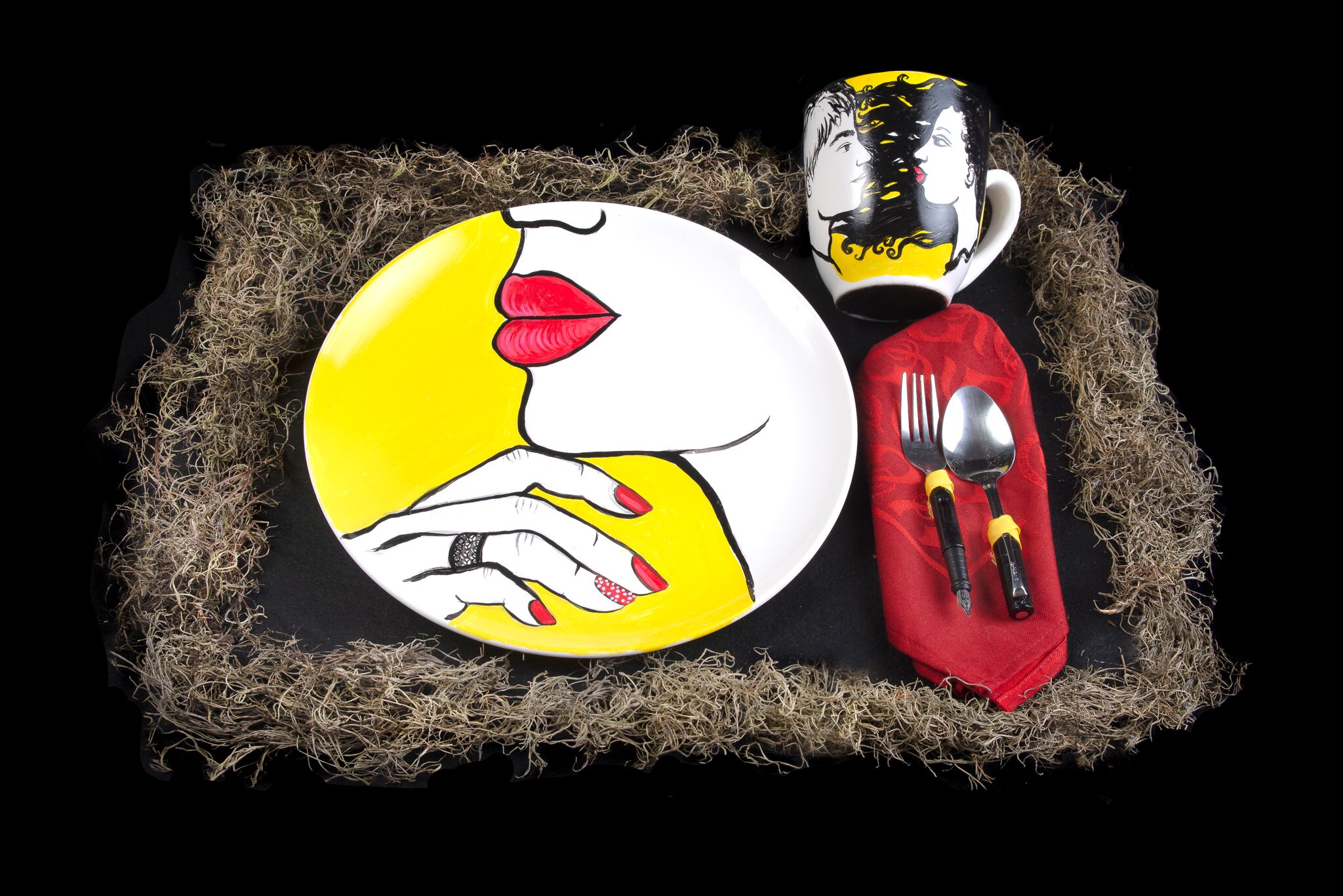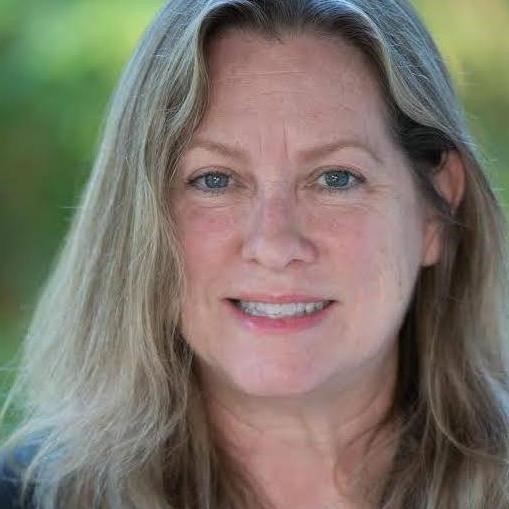THE MORRIS CENTER FOR LOWCOUNTRY HERITAGE
We’re delighted to announce that the Supper Table, the Jasper Project’s most ambitious project to date, is traveling to the South Carolina Lowcountry this summer for a 6-month-long residency at the Morris Center for Low Country Heritage in Ridgeland, Jasper County, South Carolina.
The Supper Table, an homage to the 40th anniversary of Judy Chicago’s 1979 epic feminist art exhibition, is a multidisciplinary arts project celebrating the history and contributions of 12 extraordinary South Carolina women and featuring the work of almost 60 of South Carolina’s most outstanding women artists in the visual, literary, theatrical, and film arts.
Place setting honoring SC artist Eartha Kitt by Mana Hewitt
The Supper Table was created between 2018 and 2019 and began touring the state in November 2019, traveling from Columbia to Irmo, Camden, Florence, Lake City, and more, but its itinerary was interrupted by the Covid-19 pandemic. For more information on the women honored with seats at the table created by outstanding SC women artists, as well as the writers, filmmakers, theatre artists, visual artists, and portrait artist Kirkland Smith, please visit the Supper Table page on the Jasper Project website.
Place setting honoring SC’s Dr. Matilda Evans by SC artist Rene Rouillier
The Morris Center for Low Country Heritage has a number of educational and interpretive events planned to further explore and celebrate the Supper Table including the following.
7/16/2022
11:00 AM - 12:00 PM
Table Talk: The Supper Table Opening
Kayleigh Vaughn/Cindi Boiter
Part history lesson, part art installation, all homage. The Supper Table, its origins and impact on South Carolina Women’s History is the topic of conversation with Morris Center Curator Kayleigh Vaughn and Jasper Project Director Cindi Boiter.
https://www.morrisheritagecenter.org/events/table-talk/
8/12/2022
6:00 PM - 7:00 PM
Take a Seat: Visual Artists' Panel
Tonya Gregg, BA Hohman, Flavia Lovatelli
Enjoy some lively table talk as several of the visual artists from The Supper Table discuss their role and process in contributing to the art installation.
https://www.morrisheritagecenter.org/events/take-a-seat-visual-artists-panel/
Many of the SC artists involved in the Supper Table project
9/20/2022
5:00 PM - 6:00 PM
South Carolina "Herstory"
Dr. Valinda Littlefield
Scores of women have left an indelible mark on “herstory” in the Palmetto State. This inspiring talk connects to The Supper Table.
https://www.morrisheritagecenter.org/events/south-carolina-herstory/
10/21/2022
6:00 PM - 7:00 PM
Take a Seat: Writers' Panel
Christina Xan, Claudia Smith Brinson, Kristine Hartvigsen
Food for thought? In conjunction with The Supper Table, several writers share about their role and process contributing to the exhibition.
11/18/2022
6:00 PM - 7:00 PM
Take a Seat: Filmmakers' Panel
Ebony Wilson, Carleen Maur, LeeAnn Kornegay
Food for thought? In conjunction with The Supper Table, several filmmakers share about their role and process contributing to the exhibition.
